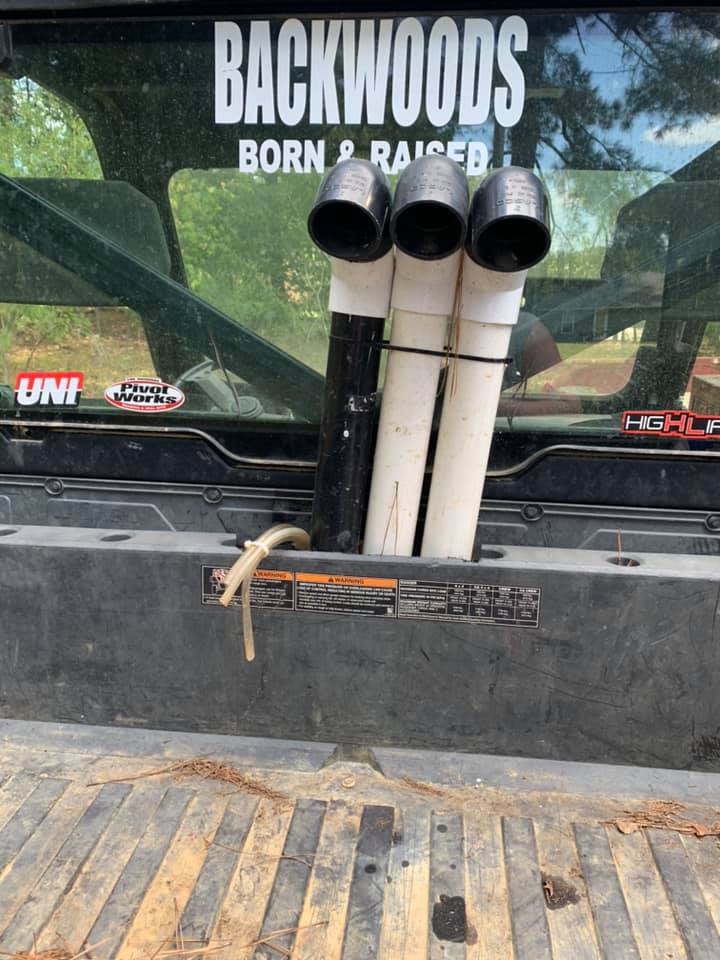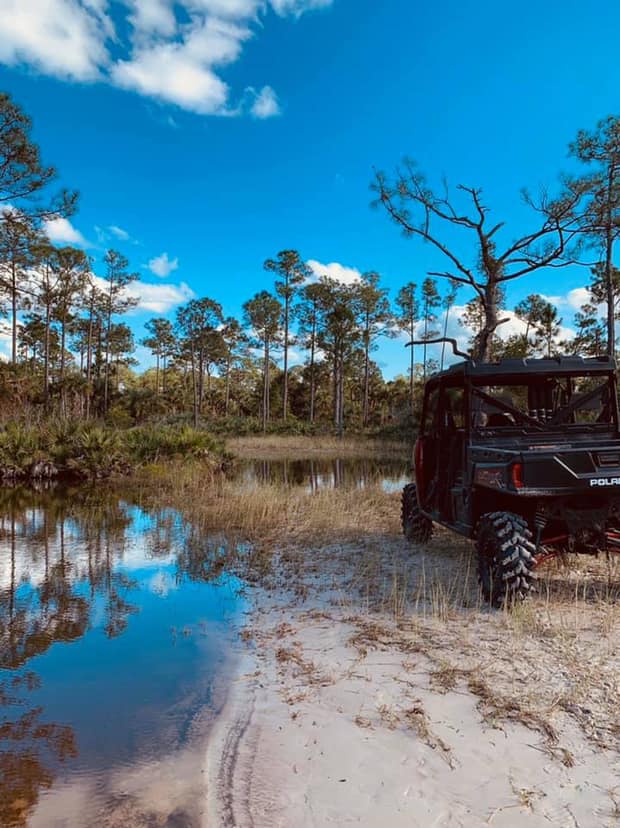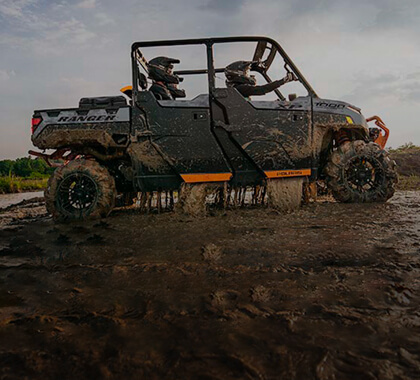Avoiding, Preventing, And Repairing Water Damage In Your Polaris Ranger
Nov 17th 2019
As the saying goes, play stupid games, win stupid prizes. And this is clearly evident in the UTV scene. Especially when it comes to water crossings, many riders out there seem to have more money than brains, pushing their machines above and beyond their limitations and paying for it with their pocket book in the end. But aside from equipping your Polaris Ranger with the right water-capable accessories such as snorkels and ventilation tubes, checking your ego at the door and riding within your capabilities will also help you avoid disaster when it comes to water hazards. Furthermore, don’t let anyone drive your side-by-side who's not familiar with riding in, around, or through water. However, should you get hydro locked and flooded, all is not lost. There are ways to revive your machine from the depths, and ways resuscitate it should it become waterlogged.
Using Common Sense Visa-Vis Water Hazards
If you go riding in popular areas — OHV trails, UTV parks, etc. — you are probably not surprised at how many people try riding their side-by-sides through puddles without checking them — or at least watching someone else go through them first. Instead of walking it first — or even just slowly testing the waters at minimal speeds — inexperienced riders will often go gung-ho towards puddles, ponds, pools and other bodies of water.
What these riders seem to not understand is that their UTVs don’t have a float-mode. A Polaris Ranger isn’t a u-boat submarine, and you can’t just blow the ballast tanks to breach the surface. Sure you can blame it on turf mode, but if your insurance has lapsed, all the excuses in the world won’t make your machine run right again. And if you end up getting stuck without a winch or a group of buddies to pull your ass out, you won’t be a happy camper.
Preventing Water Damage With Polaris Ranger Snorkels

To avoid the hassle — and more importantly the expenses — associated with a flooded Polaris Ranger, you must first and foremost be prepared. Snorkel your exhaust, CVT, and all other inlets / outlets in which water can penetrate. If you’re not set up with a snorkel kit and you do go through deep water, you’re going to be lucky to make it back to the trailhead before your machine starts knocking and soaking. If the air filter is wet or there’s water in the oil, you should definitely two your machine out and flush the water out immediately.
So Your Ranger Got Flooded... Now What?

To be safe, you should flush everything with diesel a few times, pull the spark and turn your rig over to blow any lingering water out of the pistons. — after all, why take chances that are unnecessary? To save a bit of money, you can flush all the fluids a couple of times using cheap oil, rear drive oil, and John Deere hydraulic fluid on the front differential (which is a good deal cheaper than Polaris diff fluid). Change oil filter a couple of times and you might need to flush out the gas tank.
Disconnect the battery as well when you’re getting that oil out, and replace the air filter. Try to blow dry what you can with an air compressor and double check that water in not in the fuel — you can cause serious damage to your machine if you don’t.
If your ride is still under warranty, you may not have to do all this yourself. You can turn it in and use your insurance to have it flushed and serviced. They’ll typically give it a complete flush of the front and rear diffs, drain the oil fuel tank, put a new belt in, and replace the filters and spark plug.
Lessons Learned

At the end of the day, it’s better to learn lessons from other people’s mistakes. When it boils down to it, proper gear preparation, the use of common sense, and riding within your abilities will usually keep your machine safe from water penetration. But should you encounter a puddle too deep, a creek too tall, or a deceptively big pond, there are ways to resuscitate your machine from a watery demise.



